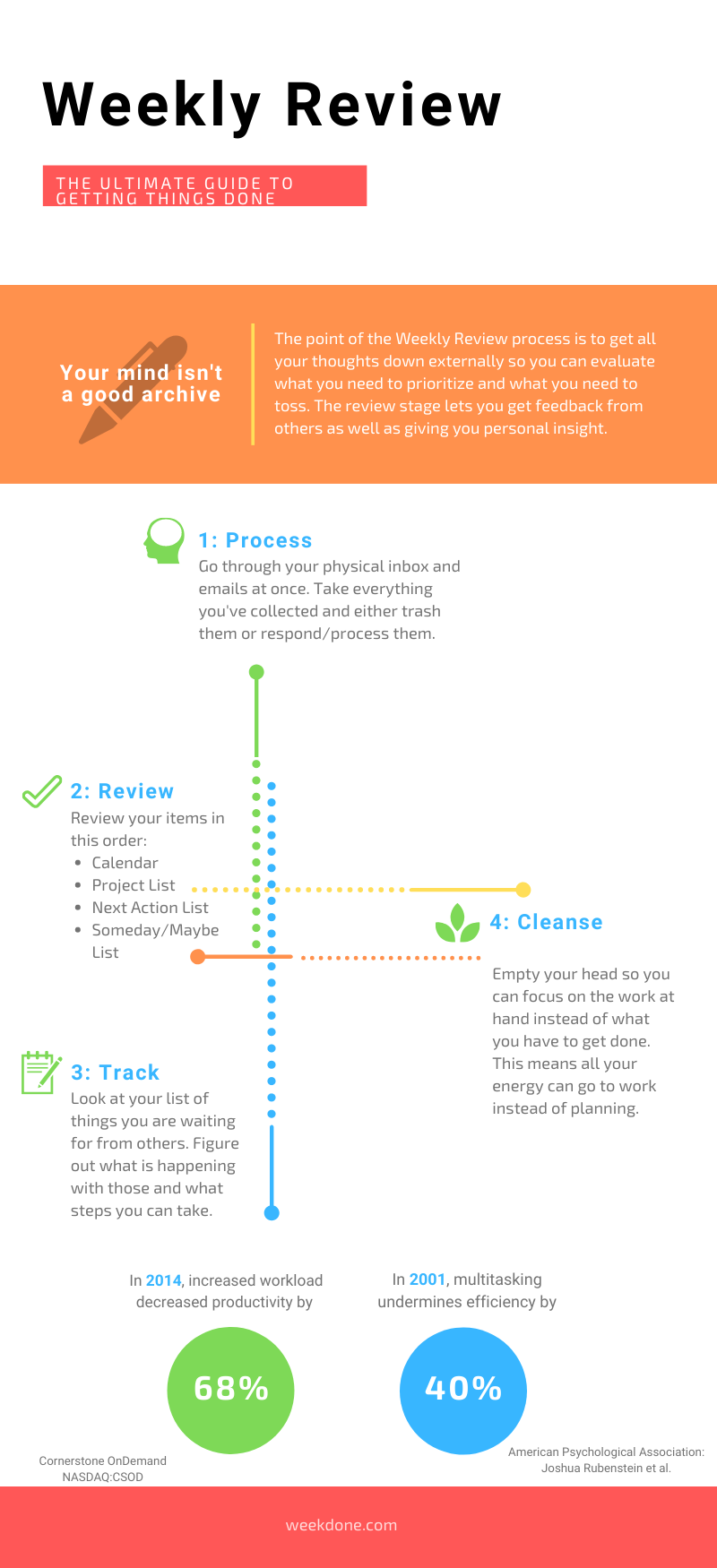How do you end your work week?
- Is it by reading through the employee weekly reports and by providing feedback?
- Perhaps it is by reflecting on your accomplishments and challenges?
- Maybe you do a check in on how your goals are progressing?
Previously we have suggested you to end the week with reflecting on the past 5 days and taking time to learn what your team has been up to. These are great ways to ensure that the next week will be even more successful. After all, reflection process can enhance performance by 18%.

But there is another great way to put a stop to your week – providing feedback. Giving and receiving feedback is proven to be one force behind employee engagement and well-being. There are countless number of business magazines, books and blogs that back the statement and provide valuable advice. Yet, there are too many leaders that don’t turn this into their advantage.
[Tweet “#Feedback is the breakfast of champions – Ken Blanchard”]
So, why do we fear such a powerful tool like feedback? According to Ken Blanchard, the main reasons people resist giving feedback are:
- They fear the other persons negative response;
- They have tried it before with no results;
- They don’t know how to do it effectively;
The first two points can be eliminated by mastering the third and most important point: giving feedback in effective way. What is more, it is not enough to provide feedback quarterly or even monthly. Most of employees are looking for continues managerial feedback and guidance, which can be achieved through weekly employee review.
Employee review gives feedback and makes people feel valued. Making use of the feedback loops, combining it with some simple tactics and we have a winning strategy towards happier teams.
Here Are 5 Ways to Give Great Feedback Based on Employee Review

1. Make it timely
If it only takes few minutes, do it now. Don’t wait until you have more spare time, because face it, this time will never come. Moreover, as time passes and memory fades, the situations and feedback could be interpreted differently. Giving timely feedback enhances your employees learning experience and provides necessary guidance.
When is the right time for providing feedback? It is right after you have received the weekly report and read it through. If you are using Team Compass, writing a weekly review for each and individual employee takes only few minutes of your time. Just log in to your account, go to the employee’s individual form, scroll down and start writing. With just few sentences, you have made a big step towards more informed and happier teams.

2. Don’t get emotional
Feedback that is not based on the facts can be misleading and cause resistance. When providing feedback, don’t consider your current emotions or feelings towards the team-mate, this will bias the information. Although, it might be difficult to separate your gut feeling from facts, you should not let your personal feelings intervene in the process. It pays off to explore the cause-effect relationship and provide timely fact-based feedback.
Therefore, study employee reports and discover what really got done, what is still planned and what caused problems. Whenever you provide feedback, go back to the individual report and try to understand the current situation. If a project was finished in a hurry, it might be due to the fact that the employee has just too many tasks at hand. Don’t jump to conclusions and analyze.
3. Be specific
“Good job” or “Well done” is not feedback. Although there is nothing wrong saying these words to motivate your team, it does not provide additional learning. What is more, if a project is executed successfully, your team probably already knows this. Imagine, you have spent weeks not sleeping, trying to solve a critical issue and all you get back from the boss are these two words. Seems a bit empty.
Instead, give feedback that provides valuable information. You may start with praising the overall performance, but then add exact reasons. Looking through employee reports, you can see the pattern of behaviors or tasks that lead to this outcome. Be precise and be specific, then your employees know which task or behavior should be repeated again.
4. Do it continuously
Providing feedback only when something goes terribly wrong or something amazing happens is not enough. Better yet, you could avoid big portion of disasters by jumping in earlier. Providing continues feedback makes your employees feel heard and keep their motivation level up. This will signal that their actions have deeper meaning and are moving towards the right objective.
It is not time-consuming nor difficult to provide continues feedback when you are using employee reports. If you are using Weekdone, you can simply “like” or comment your employee’s items. This will signal the team that their leader is keeping an eye on the progress.
5. Ask feedback for your feedback
Are we going overboard with all this feedback on feedback?
You don’t have to have cultural differences to misunderstand each other. It is quite natural for people to interpret information differently. It might be that what was meant as a positive comment to ones achievement is taken as a negative remark. The only way to make sure that your constructive feedback will bring the desired results is to ask your employees reflect what was said. This can prevent confusion and resentment.
Overall, research shows that employees truly appreciate constructive feedback. It improves employee engagement and performance. Unfortunately, managers often resist giving it because of fear and lack of knowledge. Although this is a two way street, managers need to be role models. Giving effective feedback takes work, but luckily there are employee reports, that provide support. Therefore, we advice you to give timely, fact-based, specific and continues feedback through the great features we have to offer.
Which methods do you use to give effective feedback?